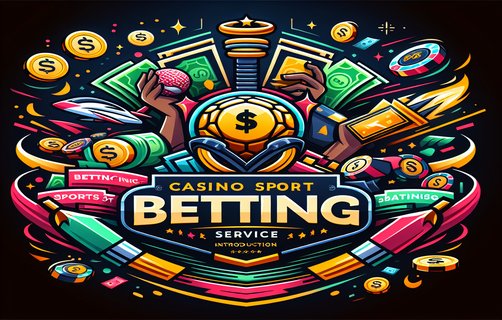Strategic Insights: Navigating the American Horse Racing Landscape
As a successful patron of the betting world, particularly in American horse racing, my engagement with this complex ecosystem goes beyond mere luck. It involves a meticulous approach that mirrors strategies employed in investment. Understanding various elements—such as volatility, betting apps, expected value, and other key components—is essential for maximizing outcomes in this exhilarating domain.

Volatility is an integral concept to appreciate. In horse racing, it refers to the degree of unpredictability associated with a race's outcome. High volatility races, where longshots may significantly affect payouts, require a different betting strategy compared to low volatility races, where favorites dominate. In investment terms, one could compare high volatility to speculative stocks—they can yield high rewards but come with substantial risks. A wise bettor must weigh these factors before committing their resources.
Slot tournaments, while ostensibly peripheral to horse racing, offer a valuable lesson in risk management and reward maximization. In tournaments, players often compete against one another rather than the house, fostering a competitive environment where strategic play and skill can lead to success. Similar principles apply in horse racing; for instance, participating in "pick four" or "pick five" betting formats can amplify potential winnings while requiring thoughtful selections of horses across multiple races.

The advent of betting apps has revolutionized the landscape, providing bettors with real-time data and analytics. These applications allow for quick adjustments to betting strategies based on shifting conditions—much like dynamic trading platforms in stock markets. The key is to leverage the technology to analyze horse form, track conditions, and jockey statistics swiftly, thus enhancing decision-making efficiency when placing bets.
Moreover, multi-line slots offer a fascinating analogy: just as they present multiple chances to win on a single bet, diversifying your horse betting portfolio across different races and bet types can spread risk and improve overall profitability. Rather than placing all faith in one horse or race, bettors can optimize their chances of success by distributing wagers wisely.
Earning your place in this arena necessitates a robust understanding of calling ranges—a term borrowed from poker which refers to the spectrum of possible hands a player might hold. In horse racing, think of this as assessing the league of contenders in a given race; what are their strengths, weaknesses, and how do they profile against each other? Conducting this type of analysis helps in identifying value opportunities.
Furthermore, understanding expected value is crucial. It dictates whether a bet is worth taking, by calculating the potential return against the probabilities of winning. Identifying horses with a higher expected value, relative to their odds, echoes investment strategies emphasizing low-risk, high-return prospects. A detailed mathematically driven analysis will lead to more profound insights into where the smart money should flow.
In summary, navigators of the American horse racing scene must approach their betting strategies with the same acuity as seasoned investors. The interplay of volatility, technology, and analytical paradigms shapes this thrilling endeavor, culminating in a rewarding pursuit that transcends mere chance, rooting firmly in strategy and insight.
